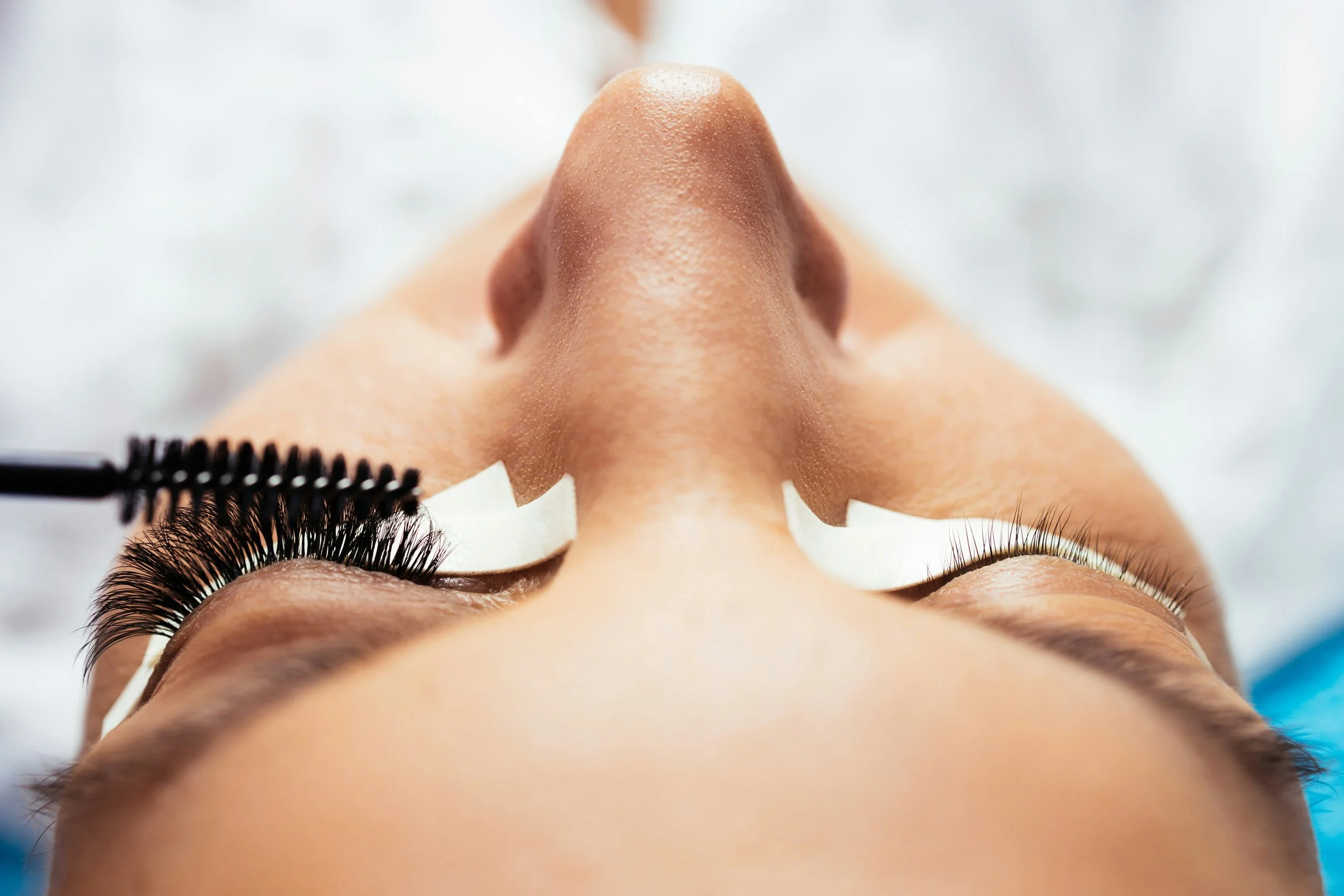Re-Lifting Lashes Safely Without Damaging Them
Lash lifting is an art that requires precision, care, and constant learning. The priority should be creating that perfectly lifted look and protecting your lash’s natural health and integrity.
Improper lifting techniques or product usage can result in brittle, over-processed lashes or uneven outcomes, leaving your clients dissatisfied and their lashes worse for wear. By following the right steps to safely re-lift lashes, you can elevate your expertise and deliver even better results without harm. Let’s break down the key components to executing a flawless, damage-free lash re-lift.
Understand Lash Structure and Growth Cycle
The first step in mastering safe lash re-lifting practices is understanding lashes’ anatomy and natural growth cycle. Every natural lash goes through three distinct phases—anagen (growth), catagen (transition), and telogen (resting). By knowing which phase the lashes are in, you can better identify whether the lash is strong enough for another lift treatment. You could end up performing lifts on lashes that are too weak or recovering from shedding cycles, which risks breakage. When technicians are informed about lash health and biology, it becomes much easier to time treatments appropriately and protect your client’s natural lashes.
Proper Product Selection
Not all lash lifting formulas have the same objectives. The key to safe re-lifting is selecting gentle, high-quality products designed to minimize damage. Look for lifting solutions that feature nourishing ingredients such as keratin or biotin, which support lash health instead of stripping moisture away. Harsh chemical formulations increase the likelihood of dryness and brittleness, especially during re-lifting sessions. Always talk with your supplier about product ingredients and invest in brands that prioritize safety without compromising results.
Master Application Techniques
Application techniques can make or break a successful lash lift. When re-lifting lashes, applying solution evenly and carefully is essential to avoid overprocessing or causing further stress to previously lifted lashes. Poor application practices can lead to damage and create uneven lash lift results that make correction complicated. Work in thin, consistent layers and check to ensure you position every lash on the silicone rod without crisscrossing or overlaps. Tight placement and attention to detail provide even lifts without the risk of unnecessary strain on the lash follicles.
Timing Is Everything
The timeline for re-lifting lashes matters just as much as the techniques themselves. Leaving the solution on too long during a re-lift doubles down on the risk of over-processing and potentially weakens the natural lash bond. Carefully adjust the processing time according to your client’s lash strength and avoid rushing through the process. Proper timing isn’t a one-size-fits-all factor. Listen to how the lashes respond during the re-lifting process and act accordingly.
Post-Lift Care
Post-lift care determines how well your client’s lashes recover and maintain their strength after multiple treatments. Always finish each re-lift session with a boost of hydration and nourishment. Recommend aftercare products like lash serums or oils enriched with peptides, castor oil, or vitamin E that will support moisture retention and strength over time. Educated clients are empowered clients, so don’t hesitate to guide them on how small habits like combing their lashes daily or avoiding harsh eye makeup removers can keep the results intact.
Safely re-lifting lashes without damage requires skill, precision, and a deep understanding of lash health. By focusing on the above tips, you’ll protect the lashes while delivering the stunning results your clients expect. Always stay curious and committed to learning because ongoing education keeps every technician at the top of their game—and happy clients coming back for more!
















